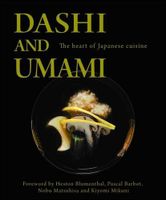Advertisement
The final, main umami-rich condiment can perhaps be described as a secret Japanese ingredient, as, although it is not widely known elsewhere, its role in Japanese cuisine is formidable. It is a sweet cooking alcohol which is made using mochigome, the glutinous rice also used for mochi (glutinous rice cakes). The rice is steamed before being impregnated with aspergillus oryzae and mixed with the clear Japanese spirit shochu before being left to ferment for up to sixty days. During this time, the mould feeds on the rice, breaking down its starches into sugar, and proteins into amino acids. The result is a syrupy liquid with a sugar content of 40-50% and an alcohol content of around 14%. While it is clearly used to add sweetness to a dish, the amino acids it contains also allow it to add umami, and bring out the flavour of the other ingredients in a dish.

